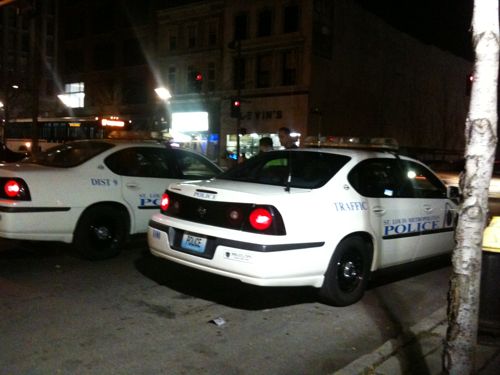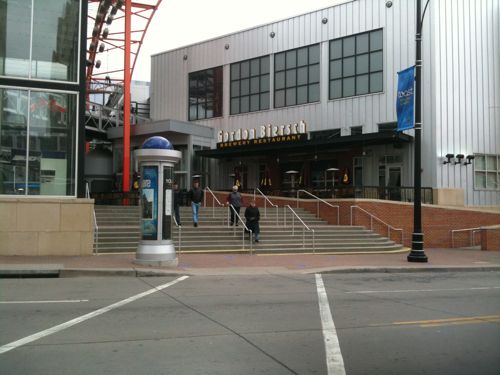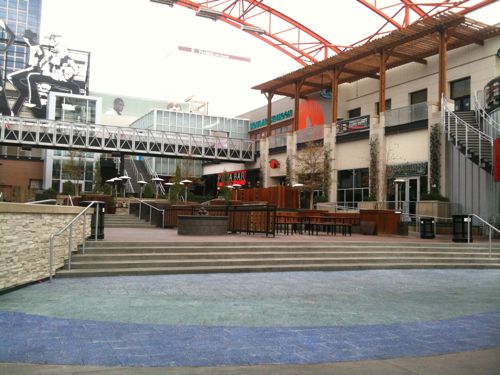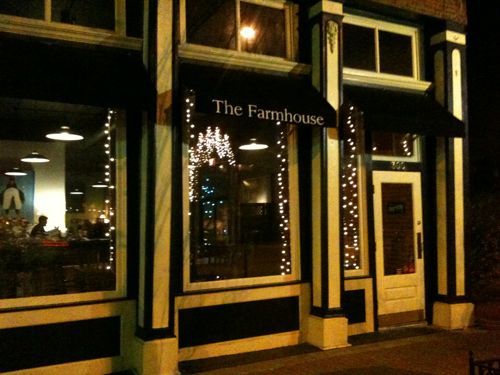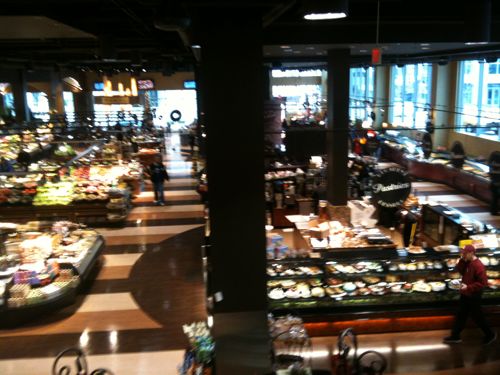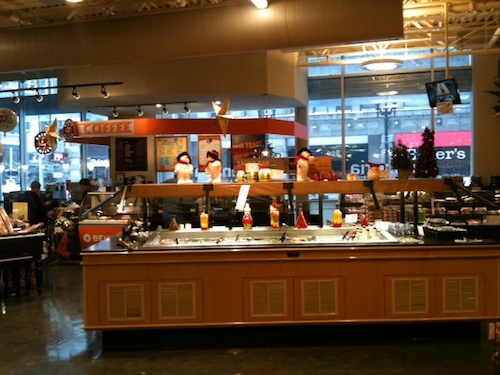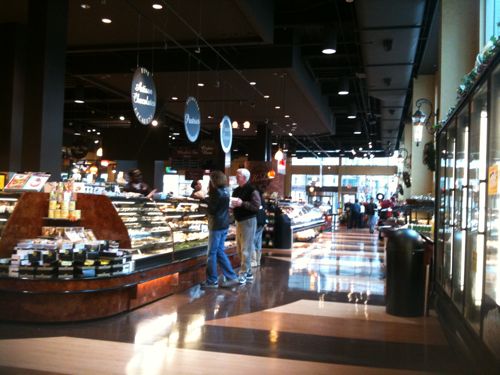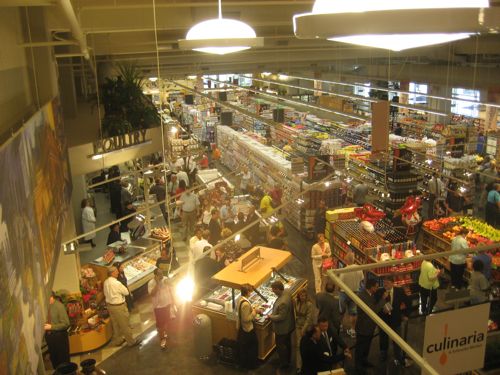Travel By Train Good For Urban Centers
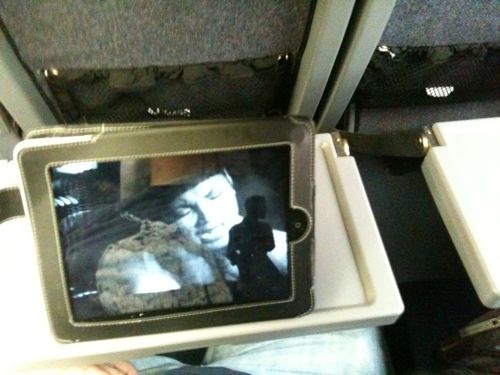
Recently I took a weekend trip to Kansas City. Â I’d driven there many times and I’ve flown there once. Â But have you been to the Kansas City airport? It is located more than 20 miles north of downtown Kansas City and the bus ride takes more than an hour! Â For this trip I took Amtrak.
The train trip was longer than if I had driven my car (6 hours vs 4 hours 15 min), but the convenience was worth it. Â First, I could read, stay current on email, watch music videos, take pictures and arrive at my destination refreshed. Â Apparently, I’m not alone:
In the fiscal year ending Sept. 30, Amtrak served more than 28.7 million riders, an increase of 5.7% from 2009, according to a company statement. Ticket revenue grew 9%, to $1.7 billion. Ridership on the Acela, Amtrak’s higher-speed train, was up 6.6%. Manieri says the ability to stay connected by phone and Internet while traveling is just one reason she prefers the train over flying or driving.
“You can make phone calls, and you don’t have to turn your laptop on and off,” says Manieri, adding she also avoids the airport’s long security lines and the highway’s congestion.
Amtrak has benefited from the “remarkable lifestyle shift” caused by smartphones, laptops and iPads that let travelers work and communicate almost everywhere, says Joseph Schwieterman, a transportation professor at DePaul University in Chicago. “It’s kind of a have-iPhone-will-travel kind of thing.”
Young adults especially view trains and intercity buses as extensions of the public transportation system, he says. They can hop on without ever disconnecting from the rest of the world, he says. (Amtrak chugs along nicely to record ridership)
My last train trip was to Chicago, nearly a decade earlier. Â That trip was a disaster, arriving about 6-7 hours late. But this trip was punctual to the minute. Â By taking my train I was able to have my power wheelchair with me, saving the hassle of parking and of my limited walking distance.
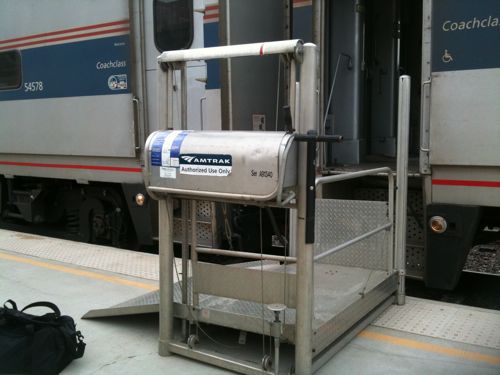
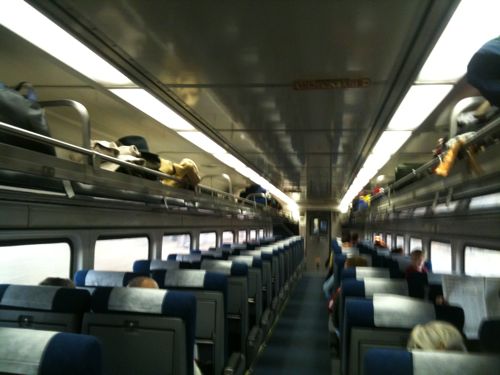


Future trips will be by planes, trains & automobiles. Once Amtrak service in Missouri & Illinois gets wi-fi like trains on the east coast I think we will see more and more opting for train travel.  More people traveling from urban center to urban center will only help those  cities, without hurting the suburban edge.  Next week I will look at Kansas City’s BRT (Bus Rapid Transit) line.
– Steve Patterson
